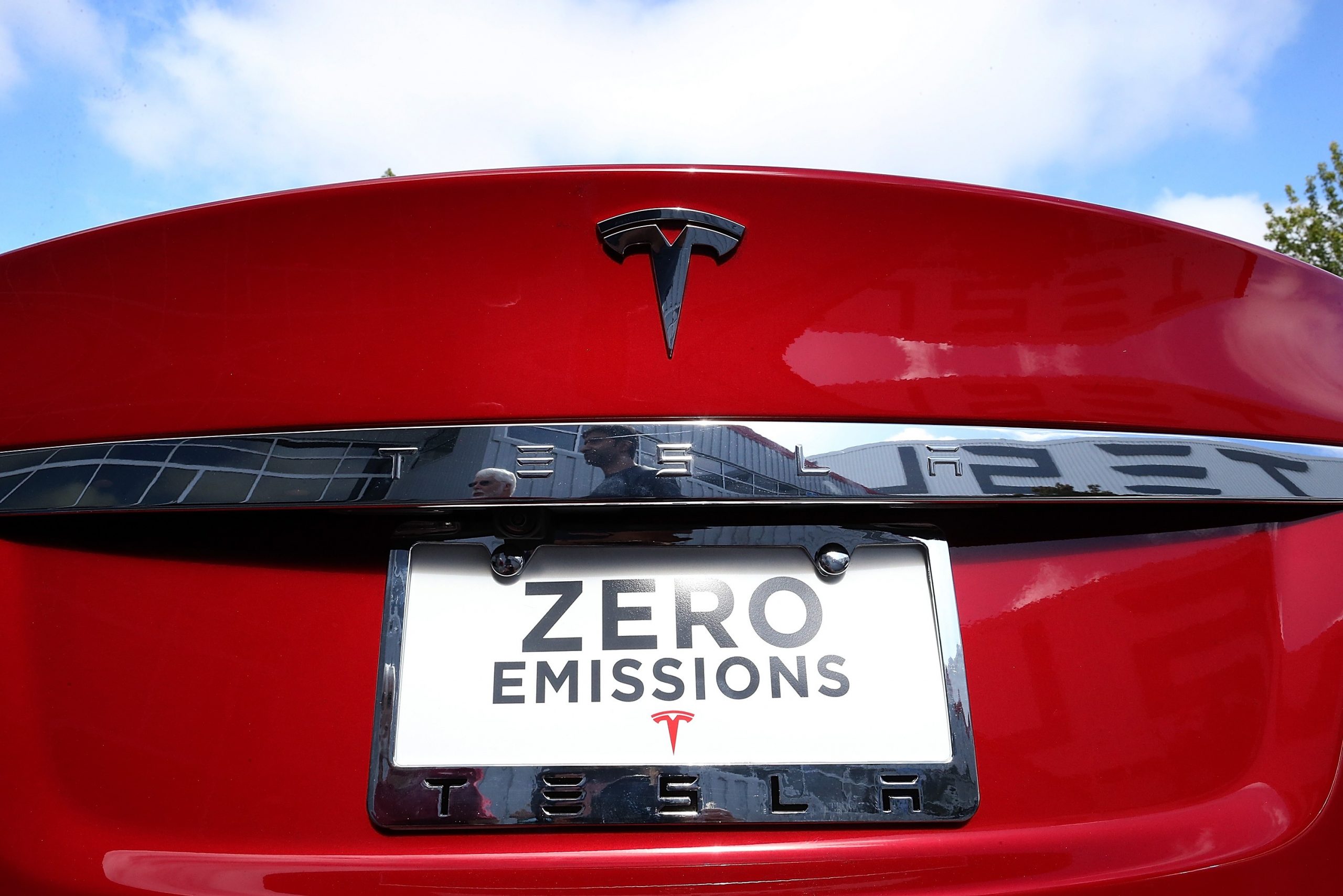 Arvea Marieni (innovation manager based in Hamburg, Germany) and Corrado Clini (former Minister for the Environment of Italy)
Arvea Marieni (innovation manager based in Hamburg, Germany) and Corrado Clini (former Minister for the Environment of Italy)
How next generation technologies will trigger the Auto APP-ocalypse and eventually change the world
Is 2015 the year that will transform the auto industry and change the world as we know it? Analysts, technologists and business visionaries believe that in the next 10 years more innovations will happen in the auto ecosystem than in the previous 100. Oslo will be completely car-free by 2019. Ultimately, the Volkswagen scandal has accelerated the march towards the traditional Auto Armageddon. Malcolm Gladwell describes the tipping point as that magic moment “when an idea, trend, or social behavior crosses a threshold and spreads like wildfire.” At this moment in history, global megatrends are converging with technology disruptions within the auto sector.
By 2050, 66% of the world population will live in megalopolises. Moving from one suburb to another, immeasurable distances change the nature of urban transportation planning. Integration, predictability and interoperability are driven by the Internet of Things (IoT) while Smart Industry platforms redesign manufacturing processes. Vehicles, like humans, are always online, always connected. Newcomers to the market, together with the most innovative traditional automotive players, build interdependent digital platforms. Google, Amazon and Apple redesign the very concept of car as a product. Meanwhile, Uber, Car2Go (but also Amazon) create new go-to-market networks. Tesla, for instance, has taken a step into the energy utility market with storage solutions that can reduce the strain on the grid. Like other industries, the car is entering an age of miscegenation.
When the North America CEO of BMW, Ludwig Willisch, said earlier this year, “With the introduction of every new model, there will be a plug-in hybrid version of that, too.” the automotive world took notice. Intergenerational hybrids, however, are mainly used to adapt to the changing market ecosystems, without embracing risk-ridden, game-changing solutions. Ultimately, hybrids allow more “conservative” automakers to defend market segments from erosion before disruptive technologies undo their markets. Even if Jean-Yves Jault, Head of Corporate Communications at Toyota Motor Europe considers that “the best and the most versatile solution in the short-term remains hybrid, whilst plug-in hybrids will prevail in the mid-term. This October, Toyota launched delivered the company’s first commercially produced Mirai – a breakthrough hydrogen-powered car – to the Japanese Prime Minister Shinzo Abe.
While exceeding current production plans (700 in 2015; 2000 in 2016 and 3000 in 2017), still the numbers are those of a small sized industry pilot. Toyota, however, seems serious about the move. Evidence of it can be found in the bold environmental plan announced by the company in parallel with the launch of the Mirai in Germany. The innovative keiretsu has laid out what looks like a blueprint for a green revolution, crossing over industry boundaries to design: “ever-better cars, ever-better manufacturing, and enriching lives of communities.”
Nevertheless, creating Fuel Cell vehicles for a mass market is not something that can be done by a single automaker. States can help a lot by addressing competitive issues, setting up incentive schemes and focusing on regulatory reform and standardisation. Daimler plans to pool resources with Ford and Nissan to manufacture their first mass production Fuel Cell engine for road-vehicle use by 2017. Suzuky and Hyundai too are carrying out similar projects. At this stage of the researches to produce clean cars we can see the “battle” between electric car and H2 car. In spite of the almost ideological clash between the evangelists of electric and Hydrogen Fuel Cells vehicles respectively, the two technologies are more complementary rather than in competition with each other. In much the same way as no single renewable energy source currently replaces fossil fuels, also in the mobility sector, the answer lies with the energy and technology mix. Every solution plays a role under different environments. What needs to be taken into account is the overall carbon footprint along the manufacturing chain. A combination of solutions may thus well be the winning approach, keeping in mind that in the hyper-dense urban landscapes of tomorrow’s megalopolises, no emissions must be produced.






